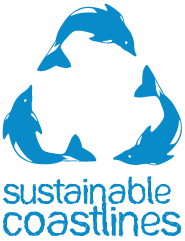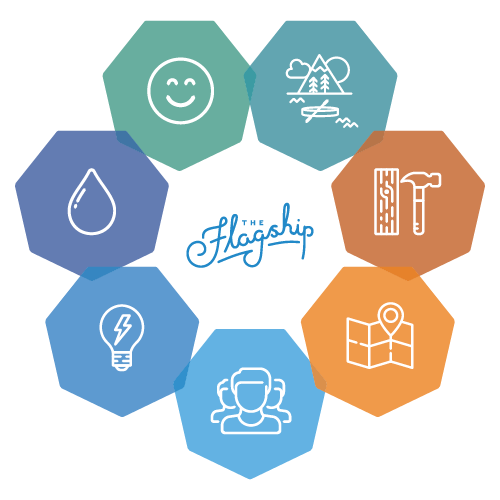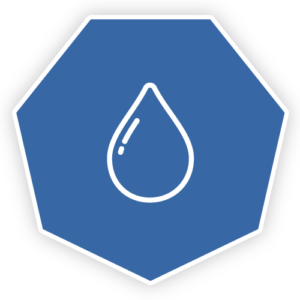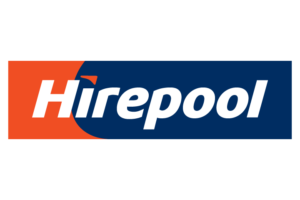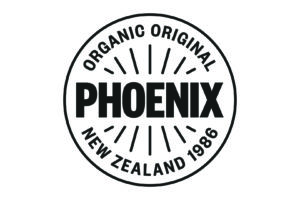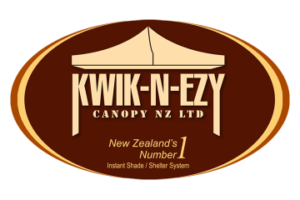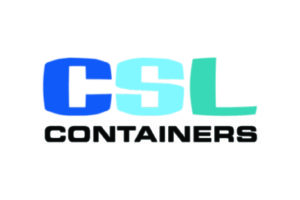When we decided we needed a venue to provide a space for learning, workshops, and to host some truly awesome events, we knew that this couldn’t be any old building. To make it as sustainable as possible, we took inspiration from the Living Building Challenge.
The Living Building Challenge is a green-building certification programme and sustainable design framework that aims to guide buildings to give more than they take. The programme consists of seven ‘petals’: place, water, energy, health and happiness, materials, equity, beauty.
Using these petals as aspirations, we set out to create The Flagship. Our design has taken inspiration from the Living Building Challenge petals in the following ways. Click the link in the heading for more information on what each petal stands for.
